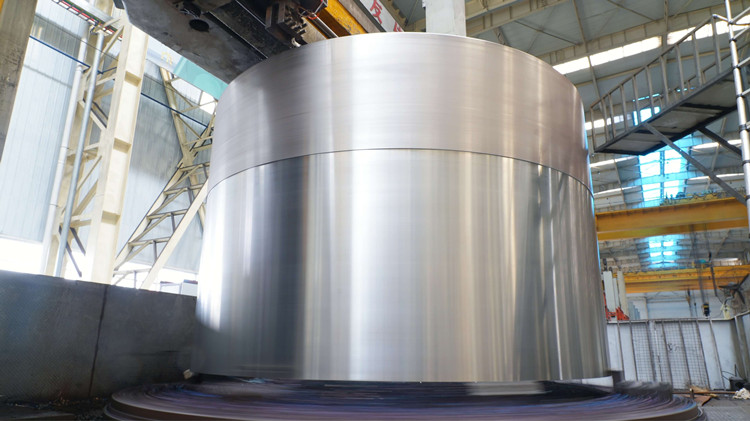- tyler@kirail.com
- +86 15603721115
Both forging and casting processes are metal forming processes used to produce metal parts in different industries. Sometimes, a metal part can be made by both casting and forging processes, but forging is preferred because of its many advantages. So, what are the advantages of forging over casting?
1. Forging is stronger.
Casting does not provide the strengthening effects of hot and cold working. Forging is superior to casting in terms of predictable strength properties - ensuring higher strength between parts.

2. Forging can improve defects in ingots or continuous cast bars.
Castings have neither grain flow nor directional strength, and the process cannot prevent the formation of certain metallurgical defects. Pre-machining the forging billet produces grain flow in the direction where maximum strength is required. Dendritic structure, alloy segregation, and similar defects are improved in forging.
3. Forging is more reliable and less expensive.
Casting defects come in many forms. Forged products are more reliable because hot working refines the grain structure and imparts high strength, ductility, and wear resistance. Also, forged products do not require the additional cost of castings for tighter process control and inspection.
4. Drop forgings respond better to heat treatment.
Castings require tight control of the melting and cooling process because alloy segregation can occur. This results in an uneven heat treatment reaction, which in turn affects the straightness of the finished part. Drop forgings respond more predictably to heat treatment and have greater dimensional stability.
5. Forgings are flexible, cost-effective production methods that can adapt to demand.
Some castings, such as special performance castings, require expensive materials and process control, as well as longer lead times. Steel forgings are an example of a forging process that can adapt to a variety of production cycles and shorten lead times.